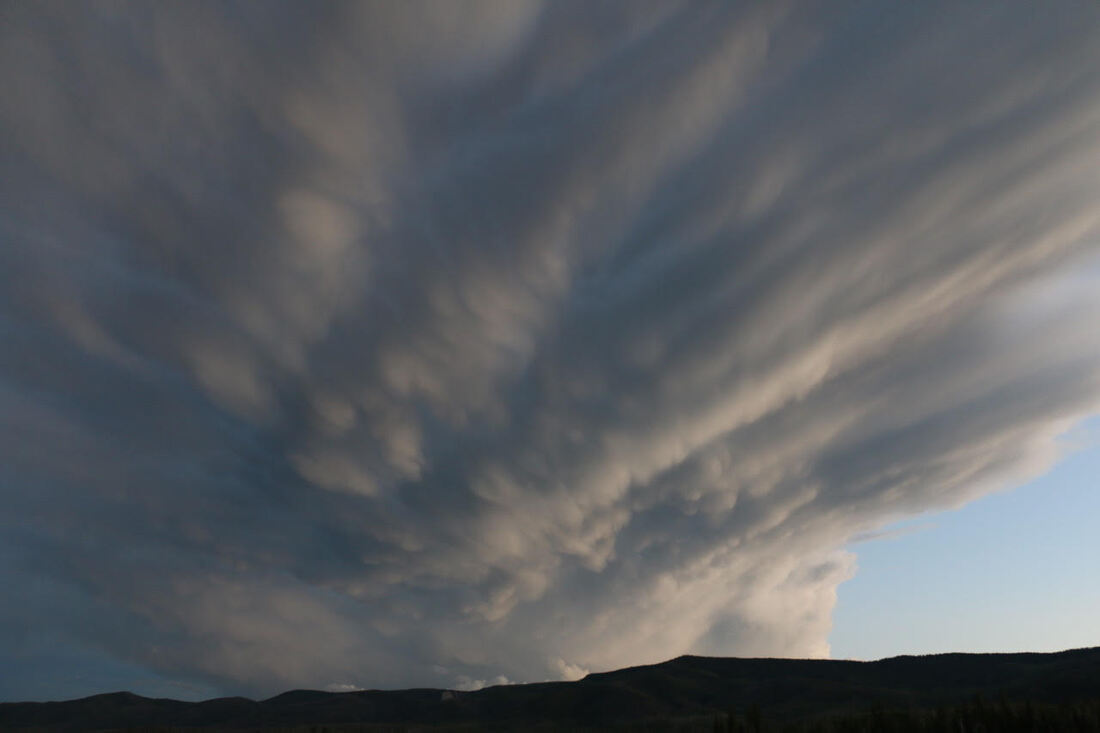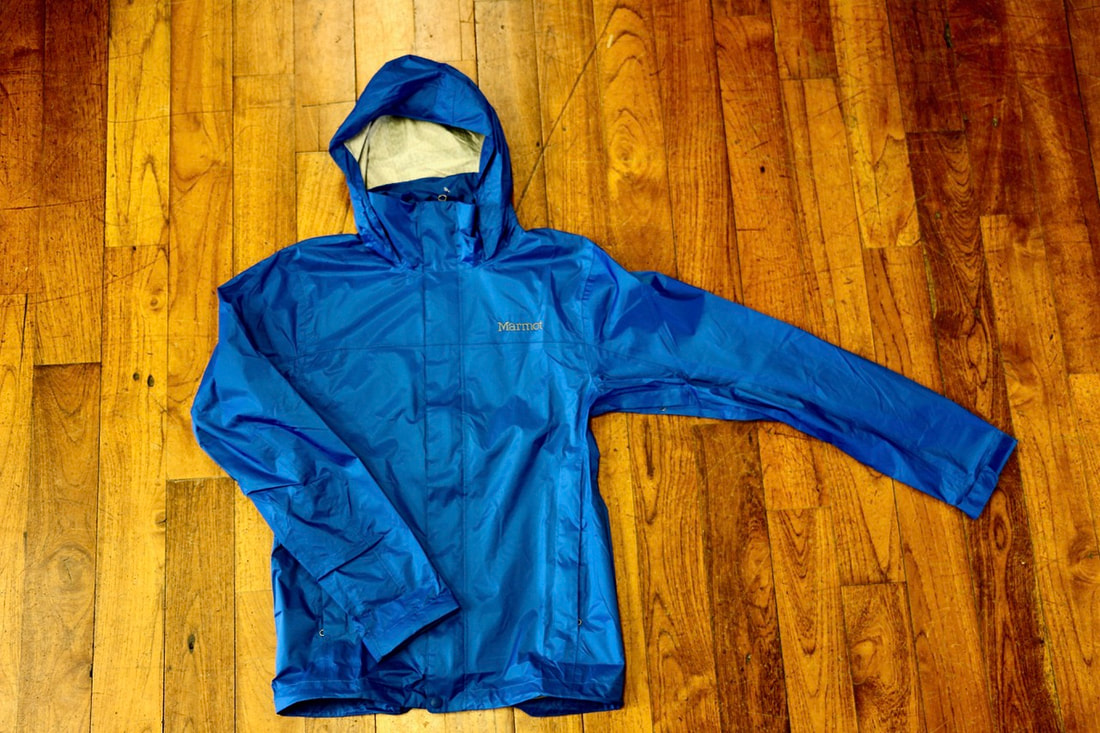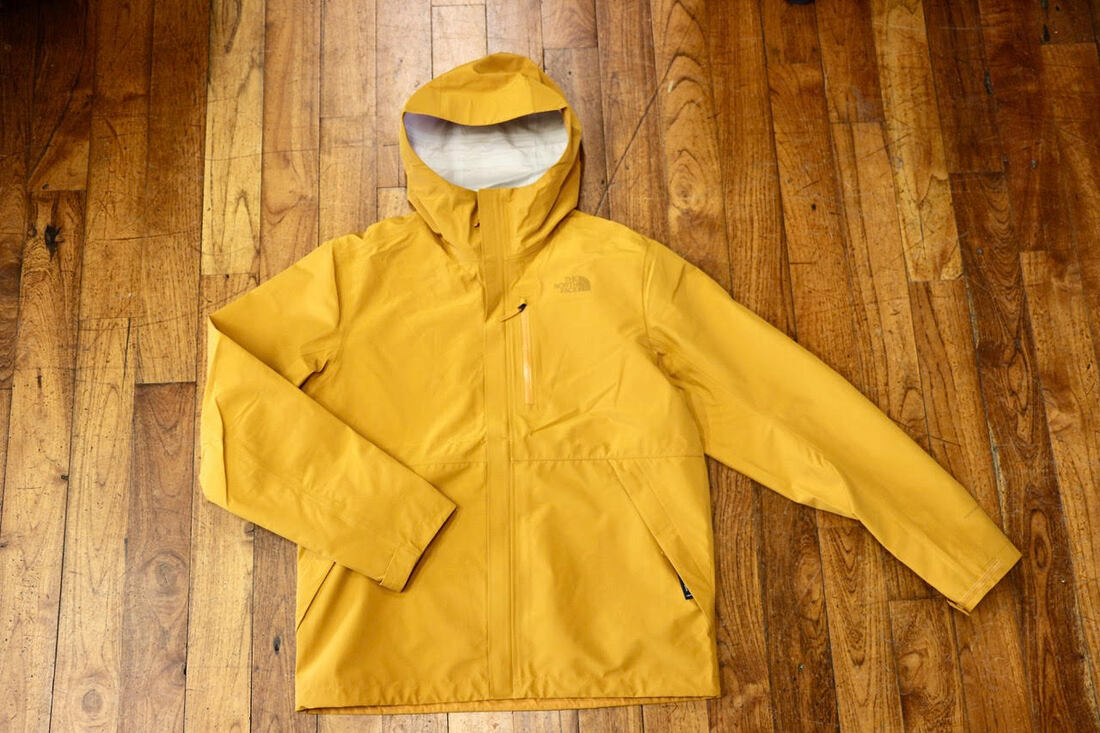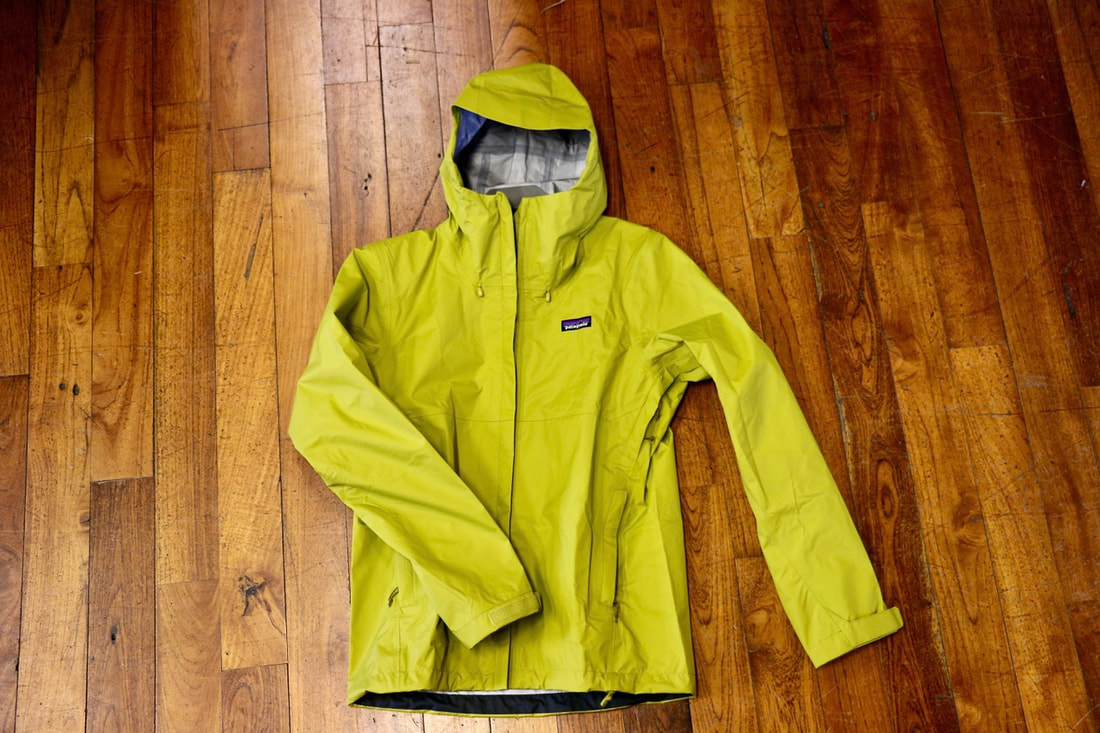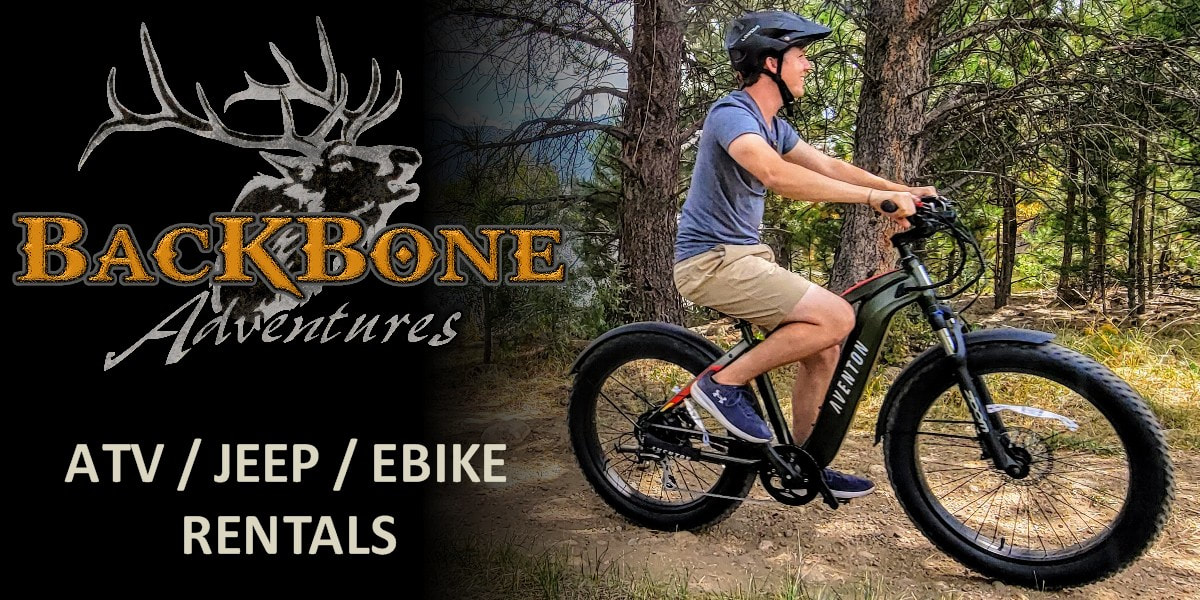|
Every day can be a rainy day in Rocky this time of year Story and photos by Murray Selleck, HIKE ROCKY’S equipment specialist Editor's note: Murray's recommendations are based on his decades of experience in the outdoor clothing industry and neither HIKE ROCKY magazine or the author received compensation from the brands recommended. One of the most exciting things about rain gear is the fact that if you are wearing it, most likely it's raining! In the arid, drought-stricken west, a rain shower, no matter how short lived, is a wonderful thing. However, once the summer monsoon kicks in with its unpredictable drenching afternoon downpours, rain can become your bane. The monsoon can be a gully- washing regrettable experience if you're caught out in the right place at the wrong time. Most of us who love exploring Rocky Mountain National Park and the surrounding mountains have experienced a surprise thunderstorm on a forecasted bluebird day. We might have said to ourselves that a quick jaunt up a trail will be no big deal. A pack loaded with the essentials won't be needed and a simple water bottle will get me there and back. And about when you reach the turn-around spot, or even a little beyond, the skies darken, the wind begins to gust, and a bolt or two of lightning has us thinking, “What was I thinking?” What to Take: Waterproof? Water Resistant? Windproof? Oh my! A waterproof jacket or even a paper-thin windbreaker can save the day. That is to say, if we have enough foresight to take a shell jacket along with us! From short scoots up a familiar trail to day hiking and backpacking to through hiking, which kind of shell you want to bring along depends on trip duration, your budget, jacket features, and your area's most common climate. The conditions: Intermittent rain showers, curtains of virga in the distance, shifting shafts of sunlight spotlighting the valleys below, cool breezes and comfortable temperatures; it’s a perfect day for a day hike. Under these conditions, a lightweight water-resistant shell that doubles as a windbreaker can potentially provide enough protection on this kind of summer day. If you properly layer underneath, it with a tech t-shirt or synthetic or wool next-to-skin layer, even if a shower wets through the jacket to these underlying layers, you can stay comfortable. Mind you, these shells are fine for quick, fast-moving, light showers and not much more. These thin shells serve better as windbreakers than effective rain gear. The jacket's material and tight weave creates the water resistance and wind barrier. Usually there isn't even an additional water barrier treatment. As I said, during a brief shower they can work great, they're quick drying, and they are enough to get you by. Another benefit to a windbreaker shell is how much warmer they can keep you when cool high-altitude winds are blowing. The shell will effectively trap more body heat around you leaving you the perfect temperature! You roll the dice with this style of jacket. Hit the trail and take your chances when it comes to the weather. Bluebird, showers, or come what may! The conditions: drenching downpours, heavy monsoons, mountains peaks disappear behind thick curtains or rain, gobs of grapple, trails turn into creeks of running water, unforgiving hail, thunder, and lightning… You’re in the thick of the storm now! You had better armor up when Mother Nature decides to let loose. Waterproof/windproof/ breathable jackets and pants provide the best protection and comfort from hard rains and monsoonal downpours. Along with being waterproof, breathability is an equally important feature. It's easy to make a jacket waterproof but to make it breathe effectively is another. If you are hiking, running, or climbing in a rain storm, the heat you generate will quickly exceed what the breathable laminate can expel. Suddenly you are surrounded by a tropical climate trapped under your jacket and you're getting wet from both the outside and in! I struggle with reduced hearing and vision when I have a hood up over my head. Hearing the sounds of the mountains are reduced and I miss hearing the nuances of the forest. Also, even with the ability to adjust a hood back or forward and snug it to your head shape, peripheral vision can be reduced. I've had hoods that when I turn my head to one side or another my hood doesn't! I wind up looking straight into the hood and not out to the side where I want to look. Don't read too much into my hood dilemma. Hooded rain jackets are far more popular than jackets without. My rant should only serve as a buyer's guide as you try jackets on for fit in your favorite shop. Check out all the features a jacket offers and see if they make sense to you. Waterproof technologies There are two main technologies that outdoor specialty manufacturers use to produce their waterproof garments. DWR (Durable Water Repellency), membranes like GoreTex, or a combination of the two. DWRs are a spray-on layer that can be applied to either the outside of the jacket or as a protective layer over the laminate on the inside of the jacket. DWRs are less expensive to produce so a jacket with this kind of waterproofness is less expensive to buy. Membranes are a waterproof/breathable layer bonded or laminated to the jacket's fabric. They are more durable than a DWR treatment. GoreTex is the most common and recognizable brand in this category but excellent competitors also exist. eVent, OutDry Extreme, Pertex Shield, and others keep the category and prices competitive. A combination of these technologies let manufacturers build 2, 2.5, and 3 layer options. Waterproof/breathable/windproof: bottom line The outdoor specialty industry has no lack of manufactures or choices. There is an abundance of excellent rain gear available competing for your dollars. Gear reviews, online consumer reviews, and manufacturer's highlights all serve a purpose but the bottom line will always be how a specific piece of gear works for the individual who is using it. Read all about it. Learn both how a product excels and what its limitations are. Balance those out to see what fits! In the meantime, along with hiking, climbing, and trail-running in the rain, with the right rain gear choice you can add chasing rainbows and singing in the monsoon! 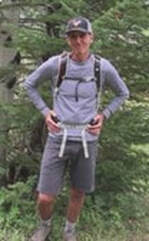 Murray Selleck moved to Colorado in 1978. In the early 80’s he split his time working winters in a ski shop in Steamboat Springs and his summers guiding on the Arkansas River. His career in the specialty outdoor industry has continued for over 30 years. Needless to say, he has witnessed decades of change in outdoor equipment and clothing. Steamboat Springs continues to be home.
0 Comments
Leave a Reply. |
Categories
All
|
© Copyright 2025 Barefoot Publications, All Rights Reserved

